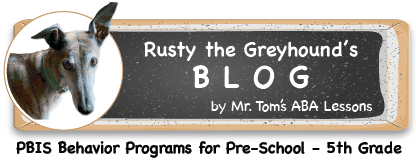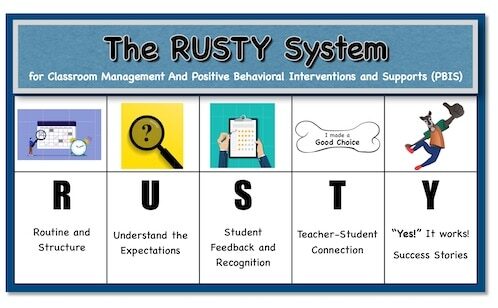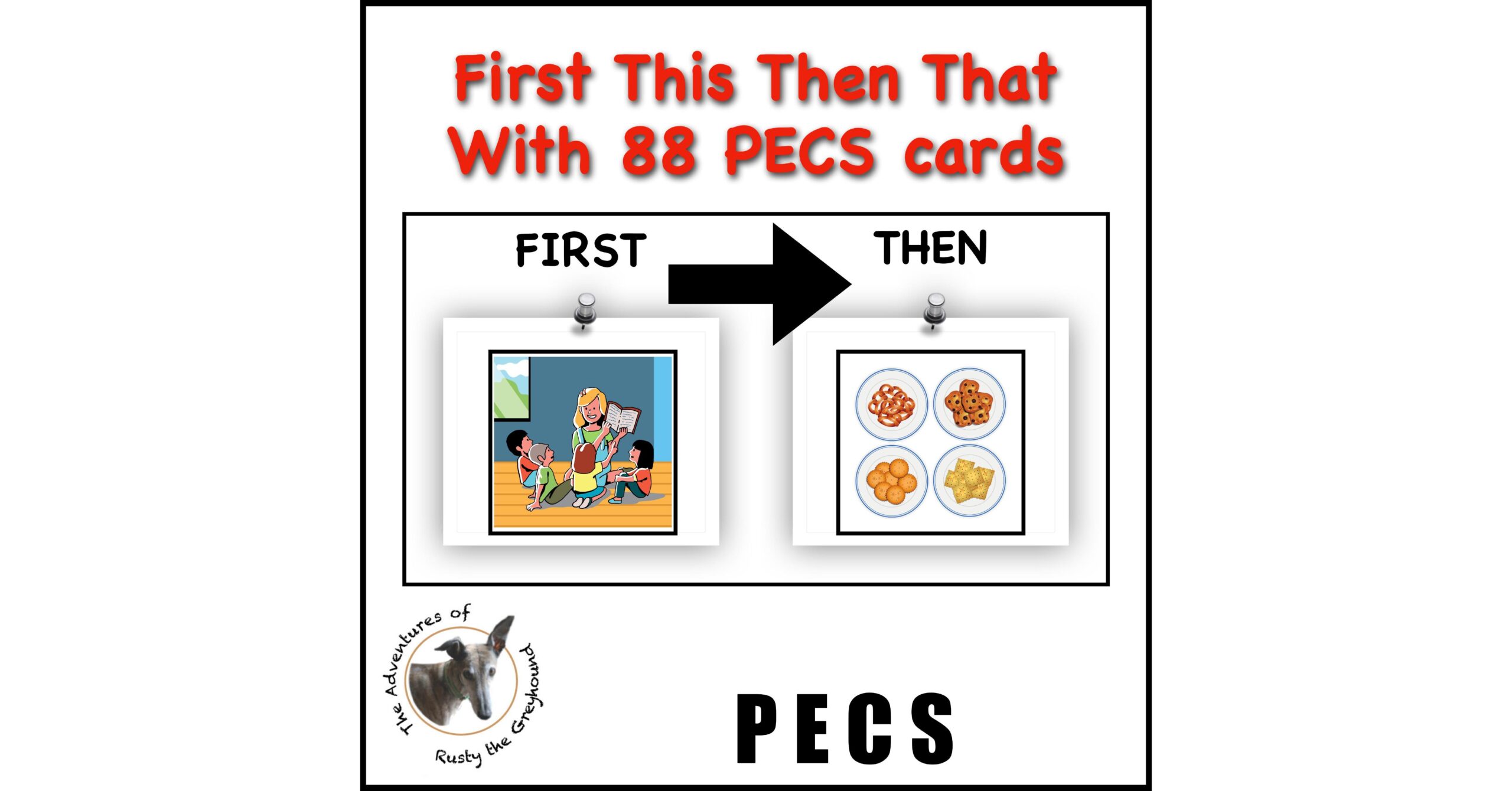
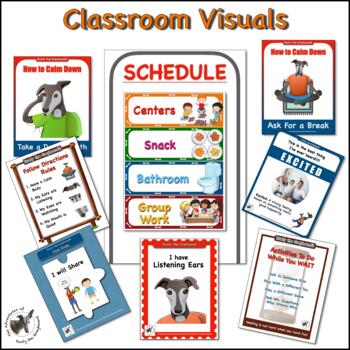
What does your to-do list look like? Do you use a digital calendar, a physical agenda book, a bullet journal, or sticky notes? When you complete a task, how do you feel about checkmarking, crossing off, or even deleting the to-do item? If you’re like me, you feel proud and motivated about your task completion. Also, I put “have lunch” on my checklists to encourage myself to engage in self-care. Consider how you can implement a motivation checklist in your classroom.
A motivation checklist is a tangible paper that a student (or adult) can use to check off productive tasks upon completion. Similar to breaking down or chunking lessons, teachers can use motivation checklists as a Positive Behavioral Interventions and Supports (PBIS) strategy for better classroom behavior.
What are the benefits?

Everyone’s motivation depends on both extrinsic (external) and intrinsic (internal) factors. Extrinsic motivation relies on externals, like the desire to get candy for classroom participation. Intrinsic motivation relies on internals, like longing to earn an ‘A’ just to make yourself proud at mastering a topic.
Motivation checklists foster the growth of intrinsic motivation through this extrinsic, physical checklist. The paper works wonderfully as an aid to student feedback and engagement. This classroom management strategy also works hand-in-hand with routine and structure, as well as rewards. For these reasons, this topic covers multiple parts of the RUSTY System.
Why does this matter?
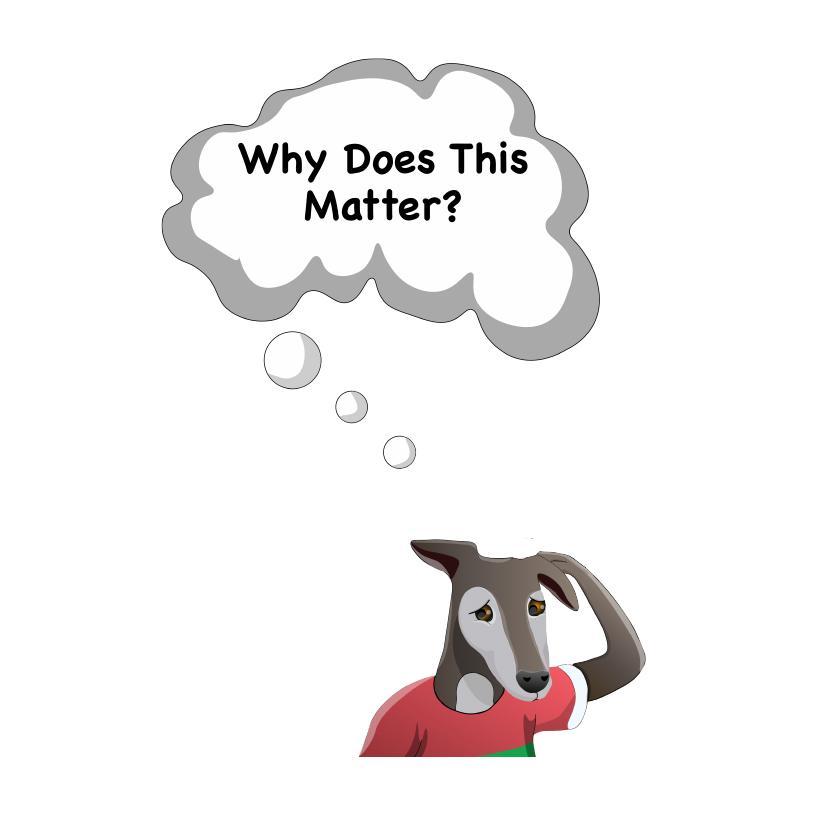
No matter where a student’s motivation comes from, your student will not do an activity for which they have no desire to complete. You can encourage your students with personalized checklists as an evidence-based instructional practice (EBIP). The more engaged the students are in each lesson, the more they will learn.
What does this look like?
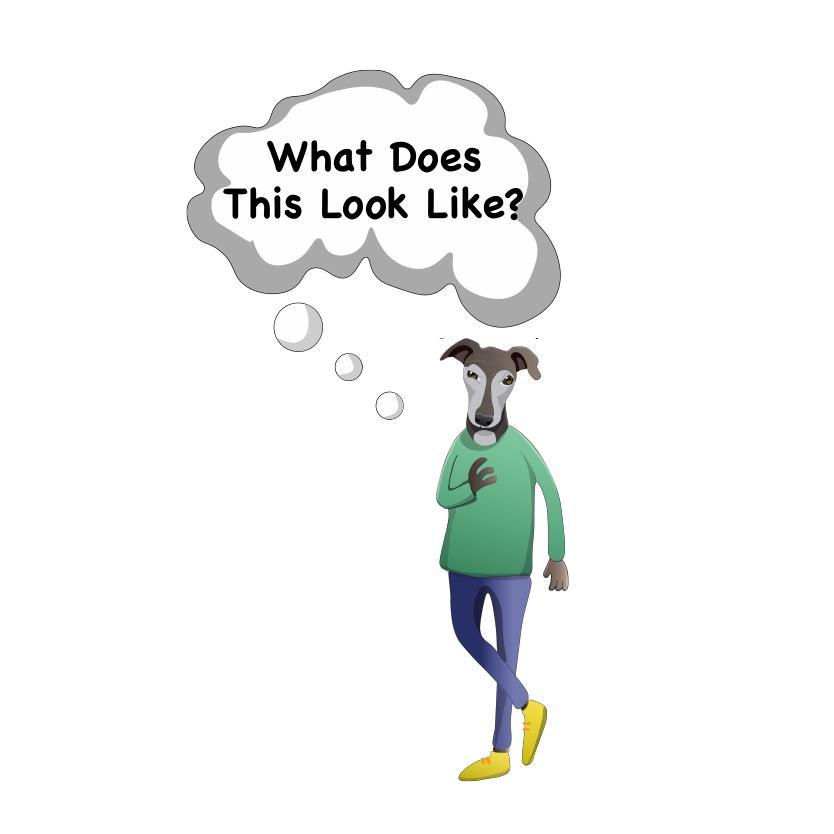
This PBIS strategy of motivation checklists can look as simple or as involved as it needs to for your classroom behavior. Have fun getting creative with implementing this behavior management strategy.
Base each child’s motivation checklist on that child’s learning and needs. Differentiate instruction for each checklist to encourage students to meet learning goals.
One highly efficient teacher I know utilized a motivation checklist to chunk a full project into smaller parts. Over the week’s lessons, the students had to approach the teacher to check off each part. In this teacher’s experience, the more checked items the student earned, the more motivated they became to complete the next step. Each step leveled-up from the previous step, meaning the tasks grew progressively more challenging.
This teacher incorporated rewards by offering puzzle pieces (which the students had first colored and cut out themselves). She displayed every student’s puzzle on the wall. Each student had a piece of hung-up construction paper on which they glued each puzzle piece. Every single puzzle piece acted as a token by representing a tangible reward the teacher gave at the end of the week.
The puzzle display acted as each student’s motivation checklist, too. They could proudly show off their earned pieces and encourage one another to move on to the next step through healthy competition.
Motivation checklists display positive behavior for everyone to see: the student, teacher, caregivers, and even administrators. As elusive as motivation often seems, every person in the world finds motivation somewhere. Teachers can use behavior management strategies to encourage students to complete activities.
Click Here to see some of our Motivation Checklists on Teachers Pay Teachers


